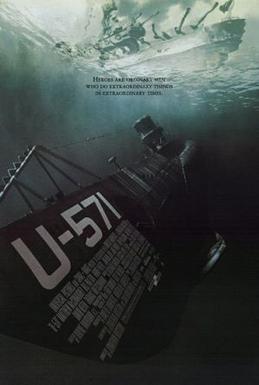A couple years ago, I discussed the Thief Class and the importance of Balancing Skills, and last year, I discussed the importance of Balancing Classes.
This week, I wanted to riff off those discussions and take a look at the mechanic for Thief Skills in 2nd edition AD&D compared to earlier editions. Like earlier editions, in 2e, there is a chart stating the base scores for Level 1 Thieves, to be modified by Dexterity, race, and armor, if applicable.
Then, however, the Player gets to do something pretty different for TSR D&D:
I've mentioned before that 1st edition AD&D is my favorite iteration of Ye Auld Fantasy Game, but I do really like the 2e approach to Thief Skills. It is basically a type of Point Buy for character advancement that allows the player to customize to suit in this area, while still retaining the archetypal flavor benefits of using a class.
This is able to work with Old School D&D since the OD&D game engine is robust enough to have multiple independent sub-systems, which in turn means that DMs can mix and match sub-systems as desired with limited or no mechanical repercussions (e.g., changing Thief Skills has no knock effect on combat mechanics).
This week, I wanted to riff off those discussions and take a look at the mechanic for Thief Skills in 2nd edition AD&D compared to earlier editions. Like earlier editions, in 2e, there is a chart stating the base scores for Level 1 Thieves, to be modified by Dexterity, race, and armor, if applicable.
Then, however, the Player gets to do something pretty different for TSR D&D:
"Each time the thief rises a level in experience, the player receives another 30 points to distribute. No more than 15 points per level can be assigned to a single skill, and no skill can be raised above 95 percent. including all adjustments for Dexterity, race, and armor. As an option, the DM can rule that some portion of the points eamed must be applied to skills used during the course of the adventure."
I've mentioned before that 1st edition AD&D is my favorite iteration of Ye Auld Fantasy Game, but I do really like the 2e approach to Thief Skills. It is basically a type of Point Buy for character advancement that allows the player to customize to suit in this area, while still retaining the archetypal flavor benefits of using a class.
This is able to work with Old School D&D since the OD&D game engine is robust enough to have multiple independent sub-systems, which in turn means that DMs can mix and match sub-systems as desired with limited or no mechanical repercussions (e.g., changing Thief Skills has no knock effect on combat mechanics).
Inspired by the mechanic for Thief Skills in 2nd edition AD&D, in my own rules set, I have added a skills system influenced by Call of Cthulhu, allowing players to customize their characters to a much higher degree than in Ye Auld Fantasy Game.





















